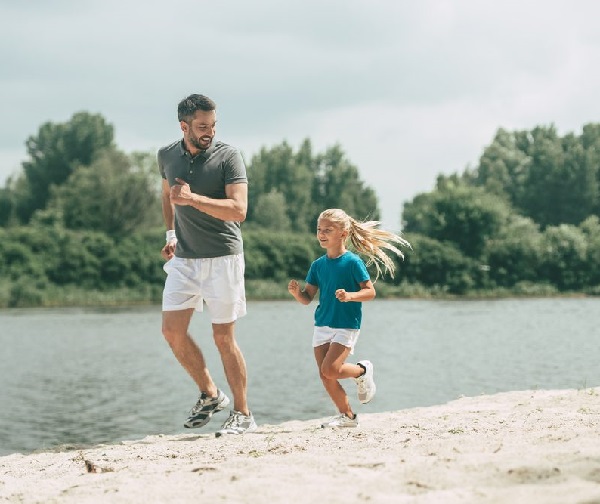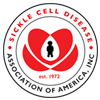DISCLAIMER
The information and materials accessed through or made available for use on any of our Sites, including, any information about diseases, conditions, treatments, or medicines, are for informational purposes only. The Content is not intended to be and is not a substitute for professional medical advice, diagnosis, or treatment, and your participation on our Sites does not create a healthcare professional-patient relationship. You should consult a doctor or other qualified health care professional regarding any questions you have about your health or before making any decisions related to your health or wellness. Call your doctor or 911 immediately if you think you may have a medical emergency.compose your message
message sent
email sent successfully
Trusted Resources: News & Events
Latest announcements and gatherings
Kids With Sickle Cell Anemia are More Sedentary Than Healthy Peers, Study Suggests
Children and adolescents with sickle cell anemia do less physical activity and have a more sedentary lifestyle than healthy controls, according to a study.
The study, “Objectively measured physical activity levels and sedentary time in children and adolescents with sickle cell anemia,” was published in PLOS ONE.
The red blood cells of patients with sickle cell anemia can obstruct the small blood vessels, leading to inflammation, pain, and impairment of the bones, muscles, and joints. This usually leads to reduced physical activity and a sedentary lifestyle that often starts at a young age.
However, physical activity is good for the health in the short and long term, and studies have shown that it may benefit people with sickle cell anemia.
A cross-sectional study performed at a Brazilian center evaluated the level of physical activity of children and adolescents with sickle cell anemia and compared it to that of healthy controls.

 +myBinder
+myBinderRelated Content
-
videos & visualsPatient Perspective: Childhood Experiences of Sickle Cellhttps://www.youtube.com/watch?v=982zM-s4...
-
education & researchReduced fitness and abnormal cardiopulmonary responses to maximal exercise testing in children and young adults with...Physiologic contributors to reduced exer...
-
Community CenterPlaying through sickle cellEighteen minutes in with no break, Billy...
-
education & researchProspective controlled trial on endurance exercise training in adult sickle cell disease patientsSickle cell disease (SCD) is the most co...
-
videos & visualsPSA Safe Grocery Shopping & Take-Out Food in COVID-19 Pandemichttps://www.youtube.com/watch?v=sjDuwc9K...
-
videos & visualsStress and Mental Health in SCD Interview Clipshttps://www.youtube.com/watch?v=LCcSTC-X...
-
news & eventsCamp New Hope 2022Camp New Hope is a seven-day; six-night ...
send a message
To improve your experience on this site, we use cookies. This includes cookies essential for the basic functioning of our website, cookies for analytics purposes, and cookies enabling us to personalize site content. By clicking on 'Accept' or any content on this site, you agree that cookies can be placed. You may adjust your browser's cookie settings to suit your preferences. More Information
The cookie settings on this website are set to "allow cookies" to give you the best browsing experience possible. If you continue to use this website without changing your cookie settings or you click "Accept" below then you are consenting to this.
Support for this site is provided by

This platform is made possible through a partnership with the Sickle Cell Disease Association of America, Inc. (SCDAA) and its member organizations. SCDAA's mission is to advocate for people affected by sickle cell conditions and empower community-based organizations to maximize quality of life and raise public consciousness while advancing the search for a universal cure.




